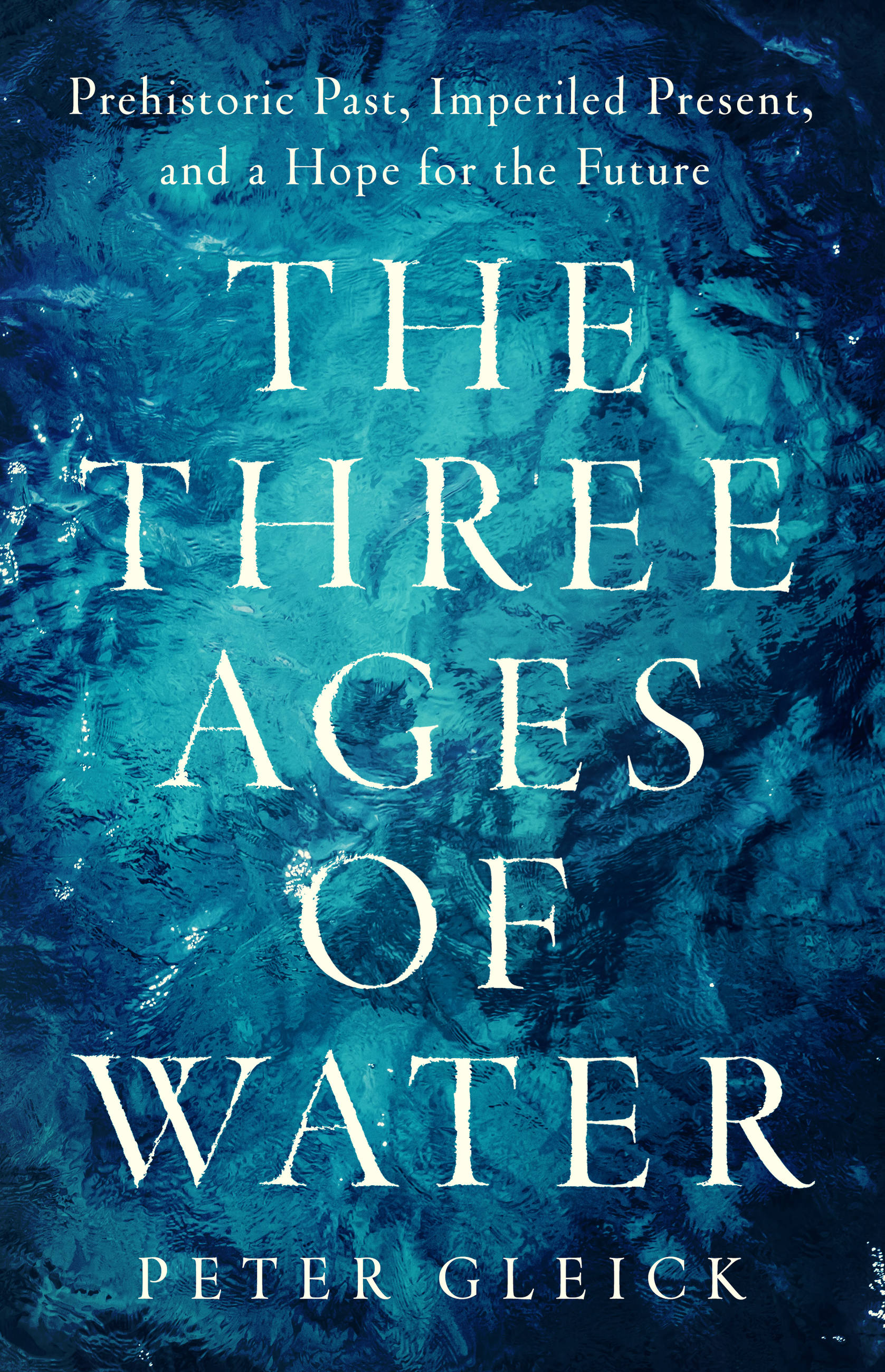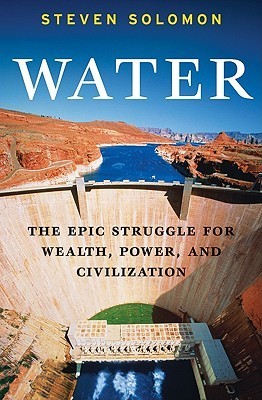Introduction to Water Security
Dr. James Doss-Gollin
Thu., Oct. 17
Your turn
How many of you have experienced or heard about water scarcity issues in your community or nearby areas?
Water in the 21st Century will be (is) a story of scarcity, change, and insecurity
Today
Water in the 21st Century will be (is) a story of scarcity, change, and insecurity
Technological innovation will unlock solutions to pressing water crises, and philanthropy will fill in the gaps
Wrapup
“Fierce competition for fresh water may well become a source of conflict & wars in the future.” Kofi Annan, March 2001
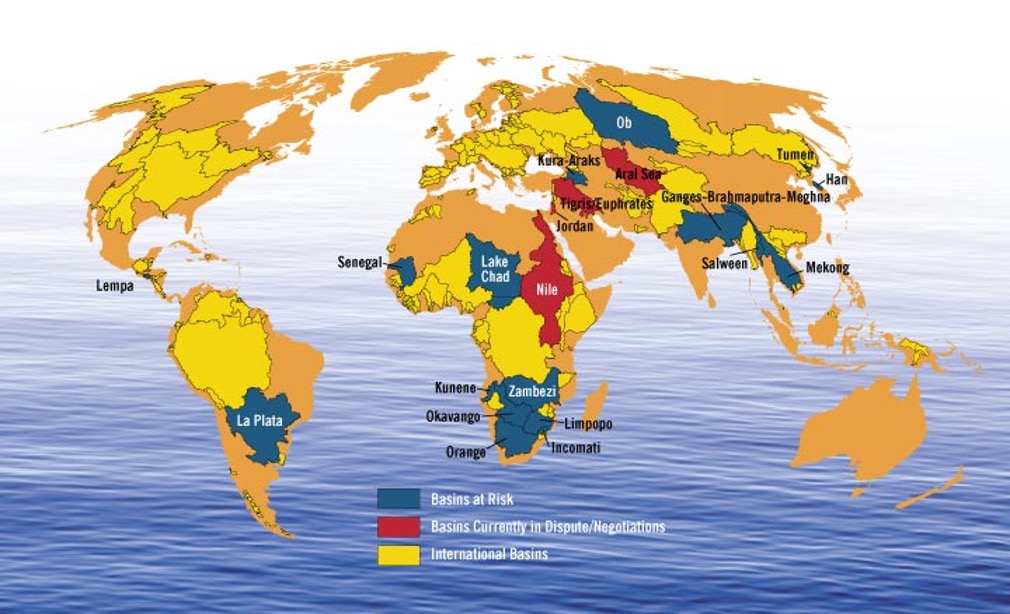
Foreign Policy – September/October 2001
Innovations in agriculture that have fed a growing global population have used water resources at unsustainable rates.

Connor (2015)
Your turn
Discuss in small groups for 2-3 minutes:
What are some potential solutions to reduce water usage in agriculture while maintaining food production?
Be prepared to share your top ideas with the class.
Many people rely on wells for their water. As groundwater depletion drops water tables, many people spend long hours accessing water.
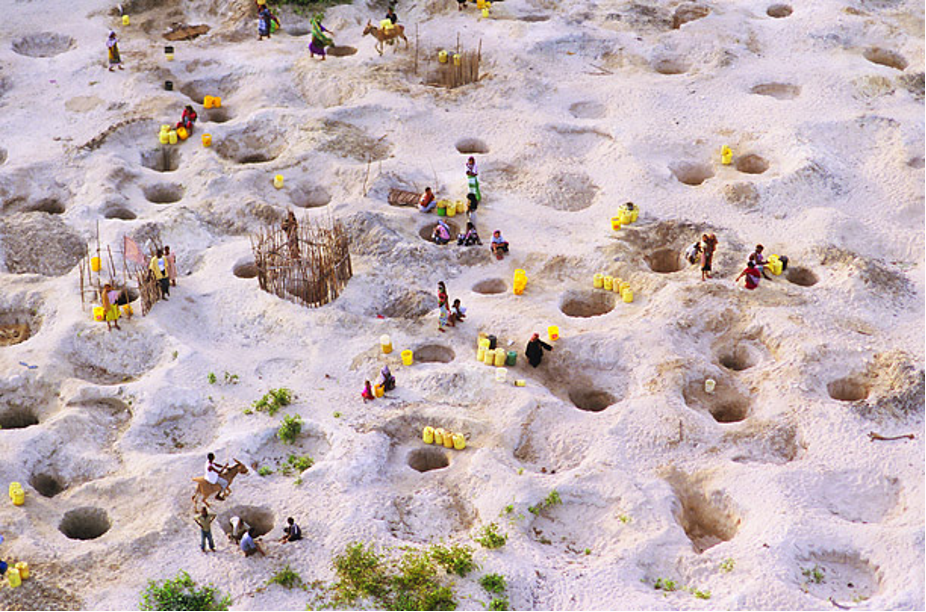
Pate Island, Kenya. Time Magazine.
Residents of a slum in a Delhi, India scramble for the water that is delivered to them daily. The camp is home to approximately 4,000 migrant workers, but lacks a clean water supply, so the workers are dependent on public and private trucks to bring it to them.
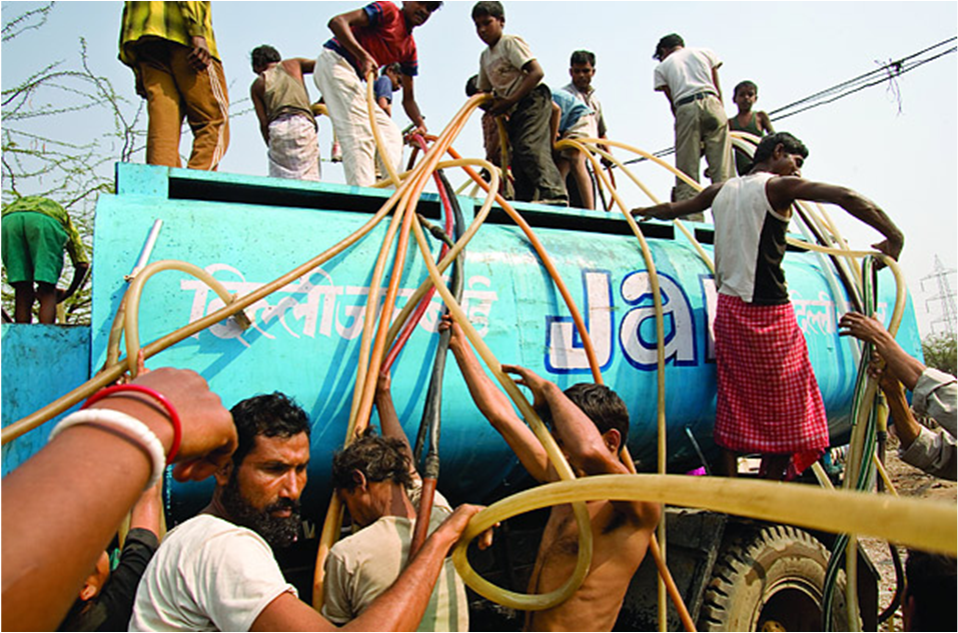
Time Magazine.
Lead in Flint’s drinking water supply caused measurable health consequences for a disproportionately vulnerable community
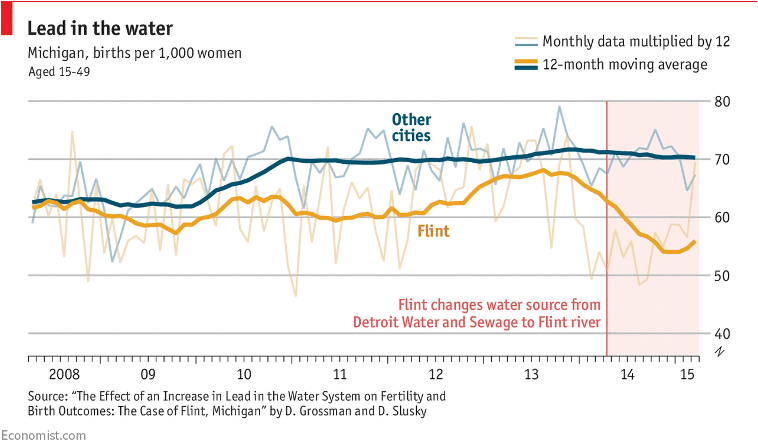

Your turn
Think individually for a minute:
What factors contributed to the Flint water crisis, and what could have been done differently?
Discuss with your neighbor for 2 minutes. Be prepared to share your top ideas with the class.
In the developed world, water infrastructure is aging and vulnerable, and there are no serious plans to address funding gaps.

Ho et al. (2017)
Water costs are going up even as calls for utilities to address affordability concerns grow stronger
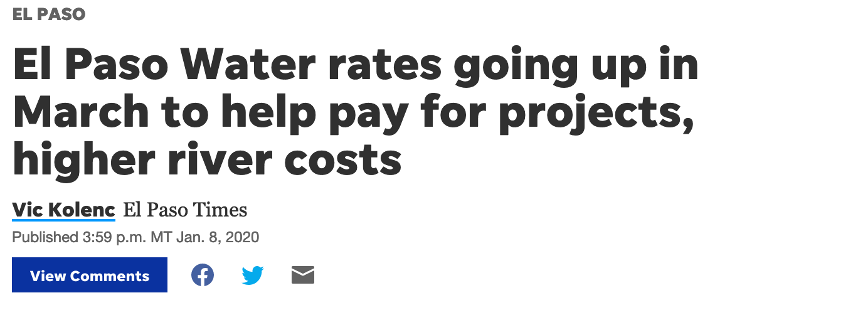

In rural communities, water supplies often depend upon highly variable sources

Milhã, CE, Brasil
Technological innovation will unlock solutions to pressing water crises, and philanthropy will fill in the gaps
Today
Water in the 21st Century will be (is) a story of scarcity, change, and insecurity
Technological innovation will unlock solutions to pressing water crises, and philanthropy will fill in the gaps
Wrapup
Two Sudanese boys drink with specially fitted plastic tubes provided by the Carter Center to guard against the water-borne larvae which are responsible for guinea worm disease. The program has distributed millions of tubes and has reduced the spread of this debilitating disease by 70 percent.

New treatment technologies for sustainable industry.
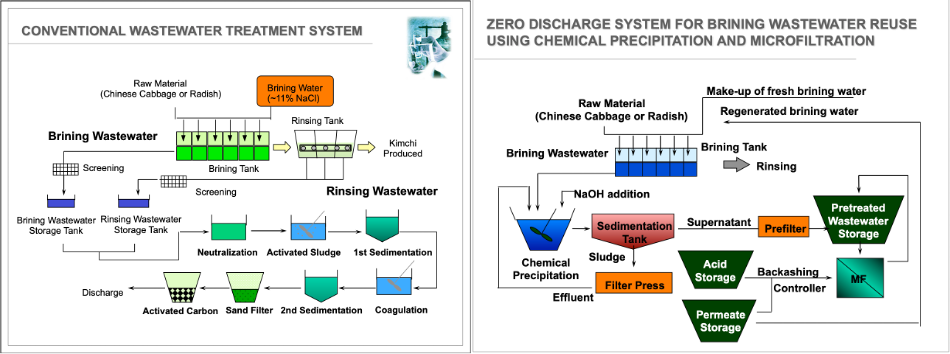
“Zero discharge in Kimchi Industry”, Prof. Jaehong Kim.
Data monitoring and the digital revolution can enable real-time monitoring and adaptive control of water systems.
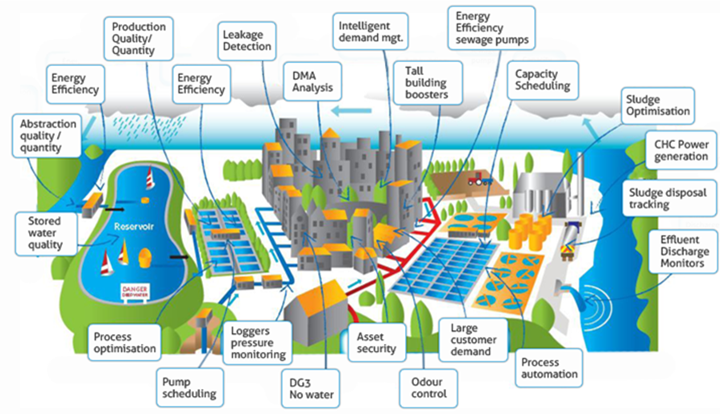
Aquamatix
Camels at a water hole in Dertu, Kenya where Millenium Villages facilitated construction and maintenance of water holes.

Columbia Earth Institute
Water security means adequate, reliable, affordable water for a healthy life – Wendy Jepson
Your turn
What questions do you have about the future of water security?
Please fill out the form at https://forms.gle/BPykwt2aoAvvsR6i8:
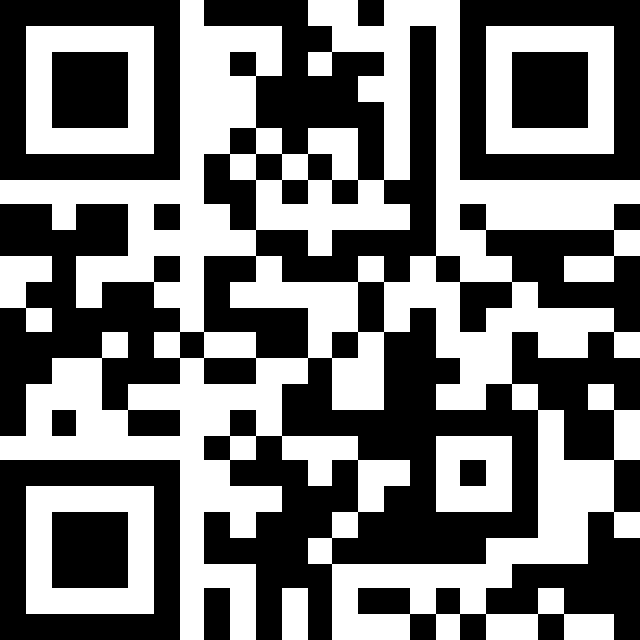
Wrapup
Today
Water in the 21st Century will be (is) a story of scarcity, change, and insecurity
Technological innovation will unlock solutions to pressing water crises, and philanthropy will fill in the gaps
Wrapup
Tuesday
Dr. Bezawit Getachew will speak about the future of water treatment.
Please read one chapter from one of the following books:
- Sedlak, David L. Water for All : Global Solutions for a Changing Climate / David Sedlak. 1st ed. New Haven: Yale University Press, 2023.
- Sedlak, David L. Water 4.0 : The Past, Present, and Future of the World’s Most Vital Resource / David Sedlak. New Haven, Connecticut: Yale University Press, 2014.
Electronic versions of both books are available for free from Fondren.
Project 3
You’re still working on Project 2, but in project 3 you will use computer programming to assess water security for communities reliant on rainwater harvesting in Northeast Brazil.
- Next Thursday: overview of programming projects
Other good books
